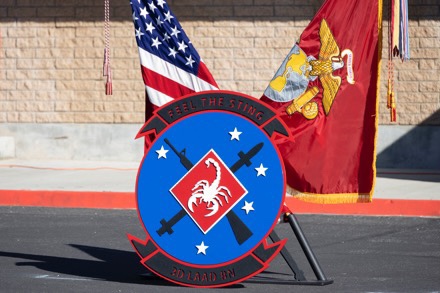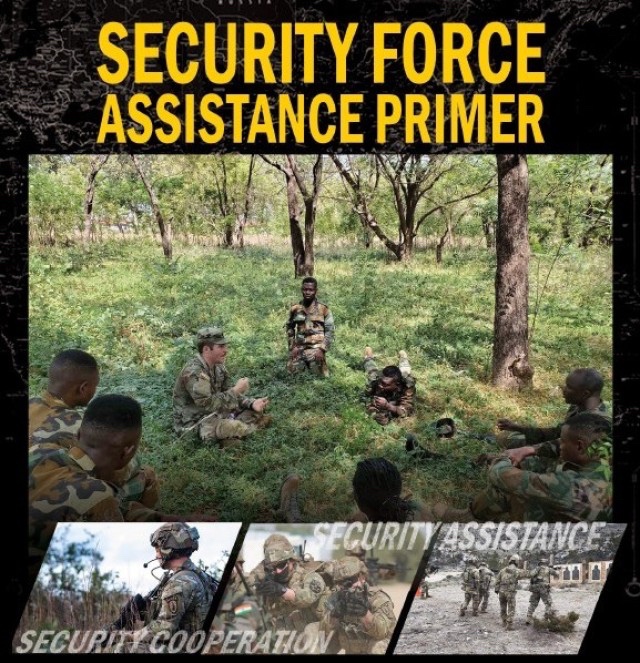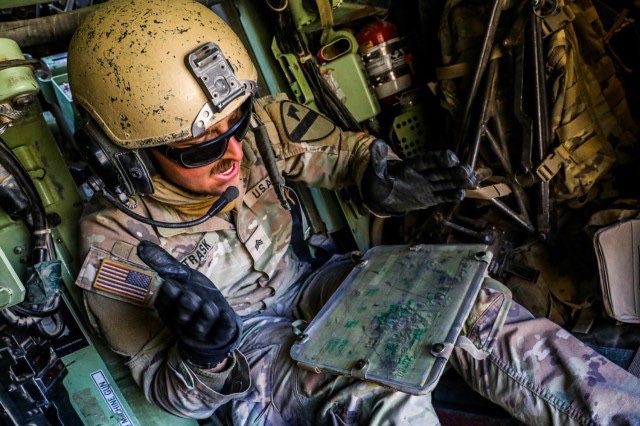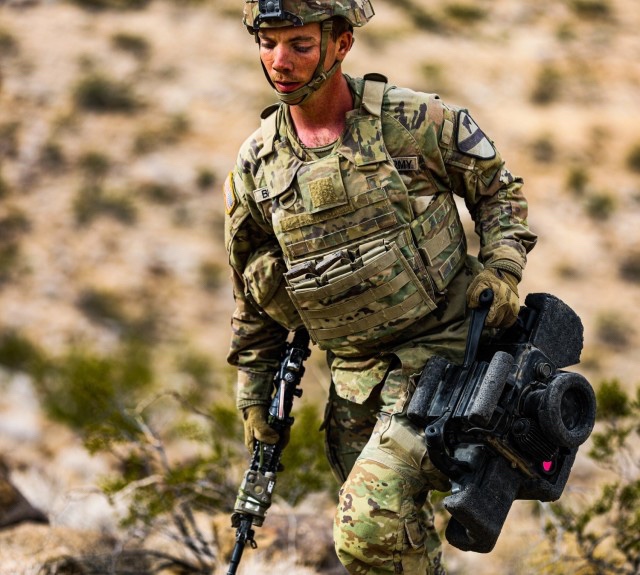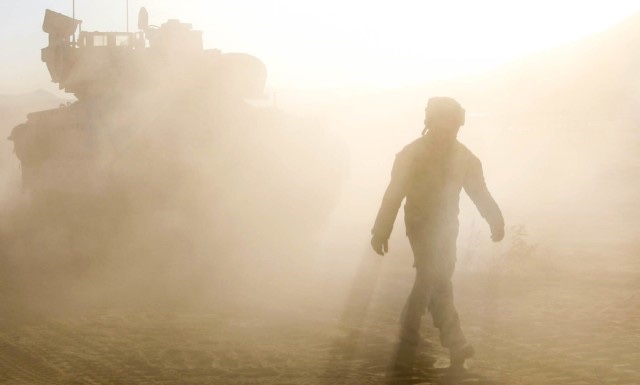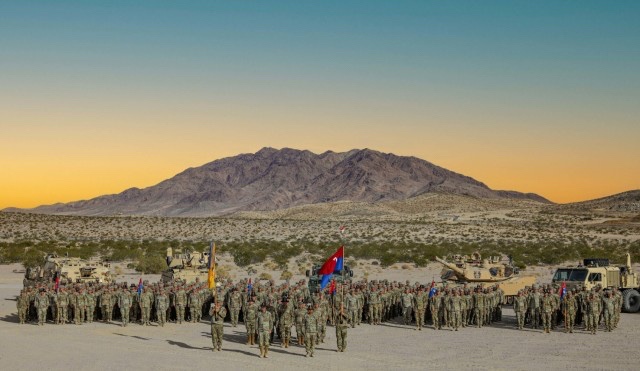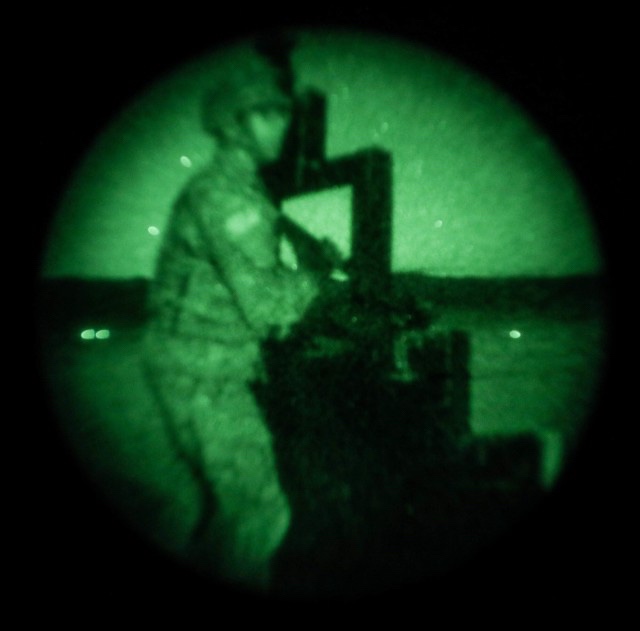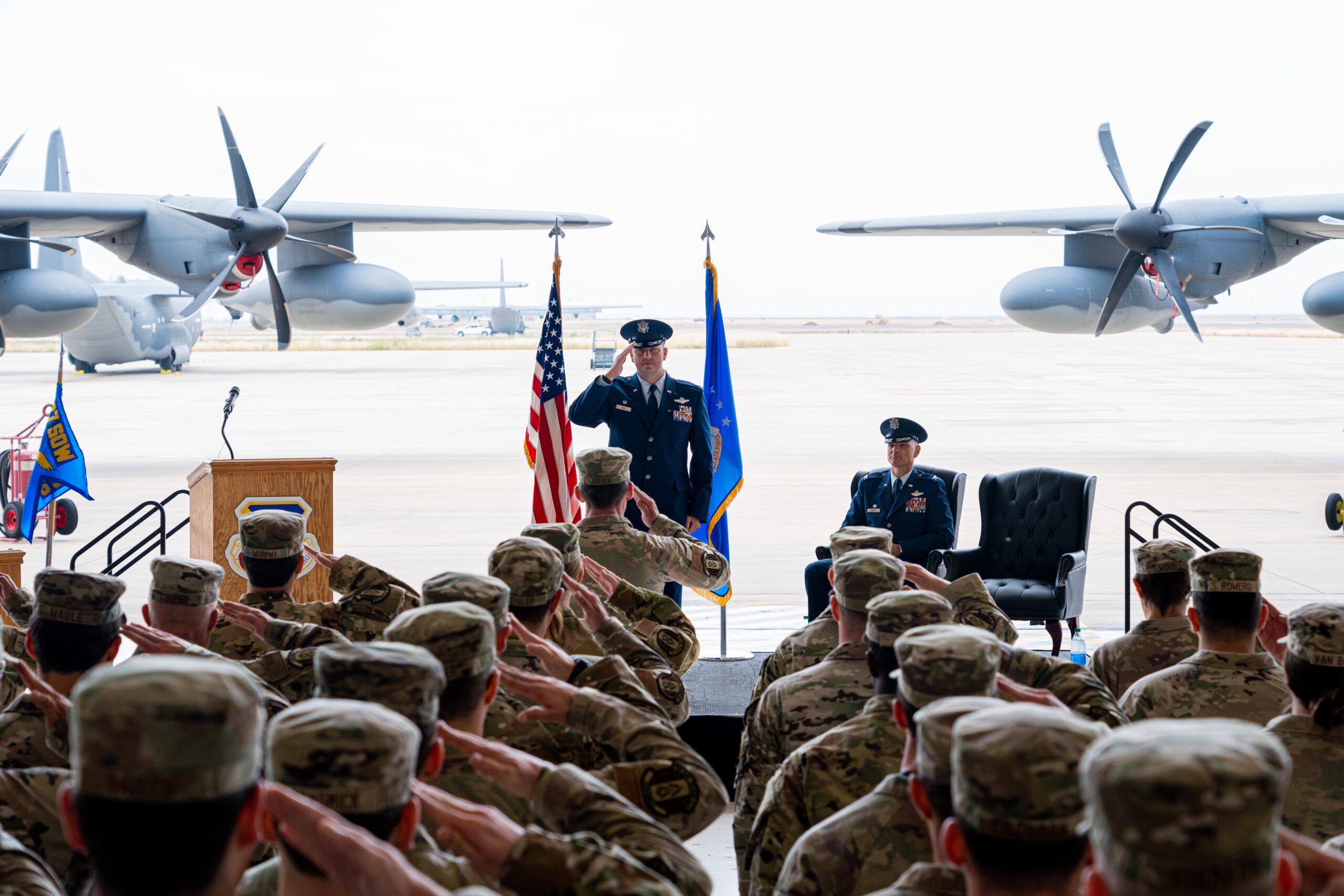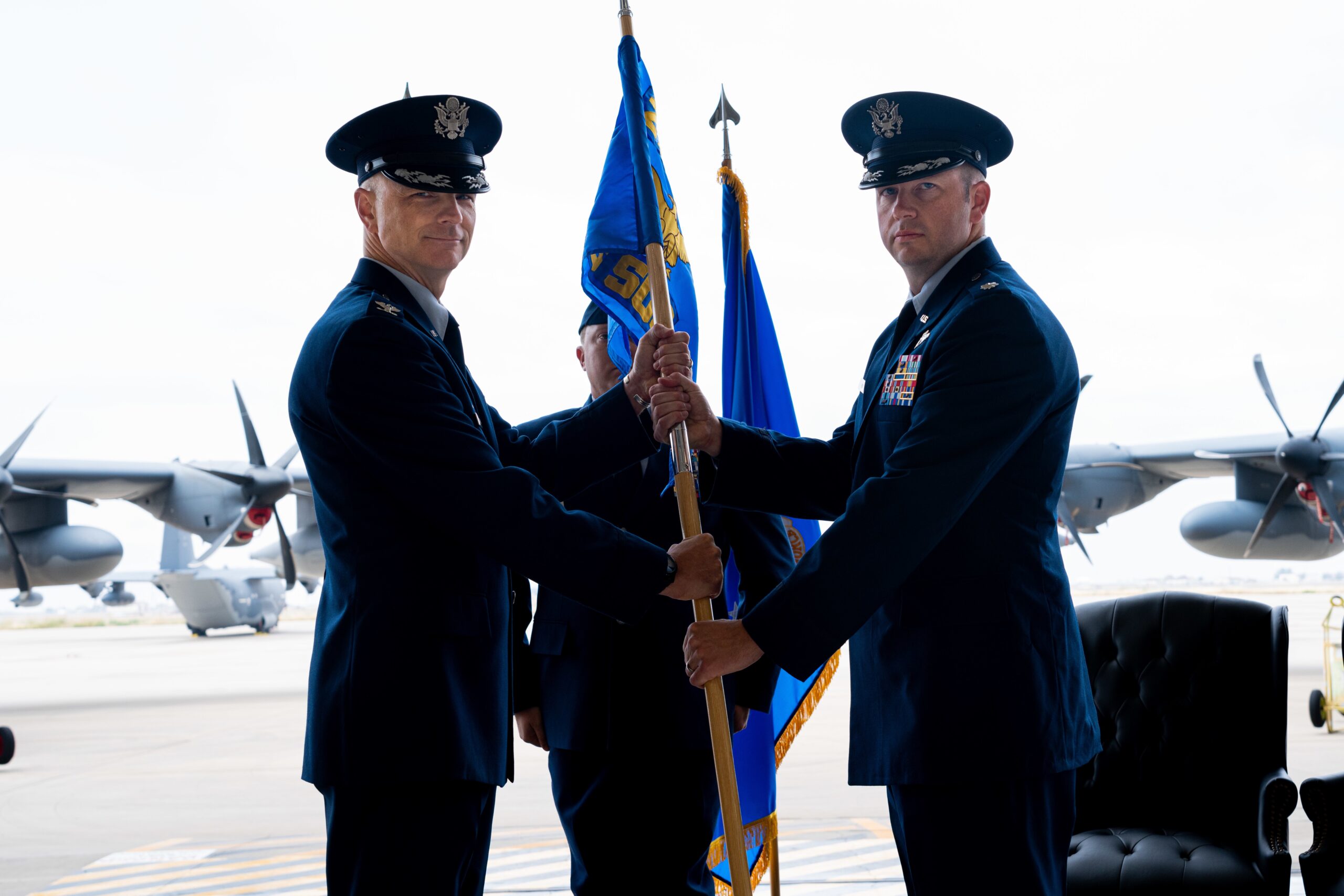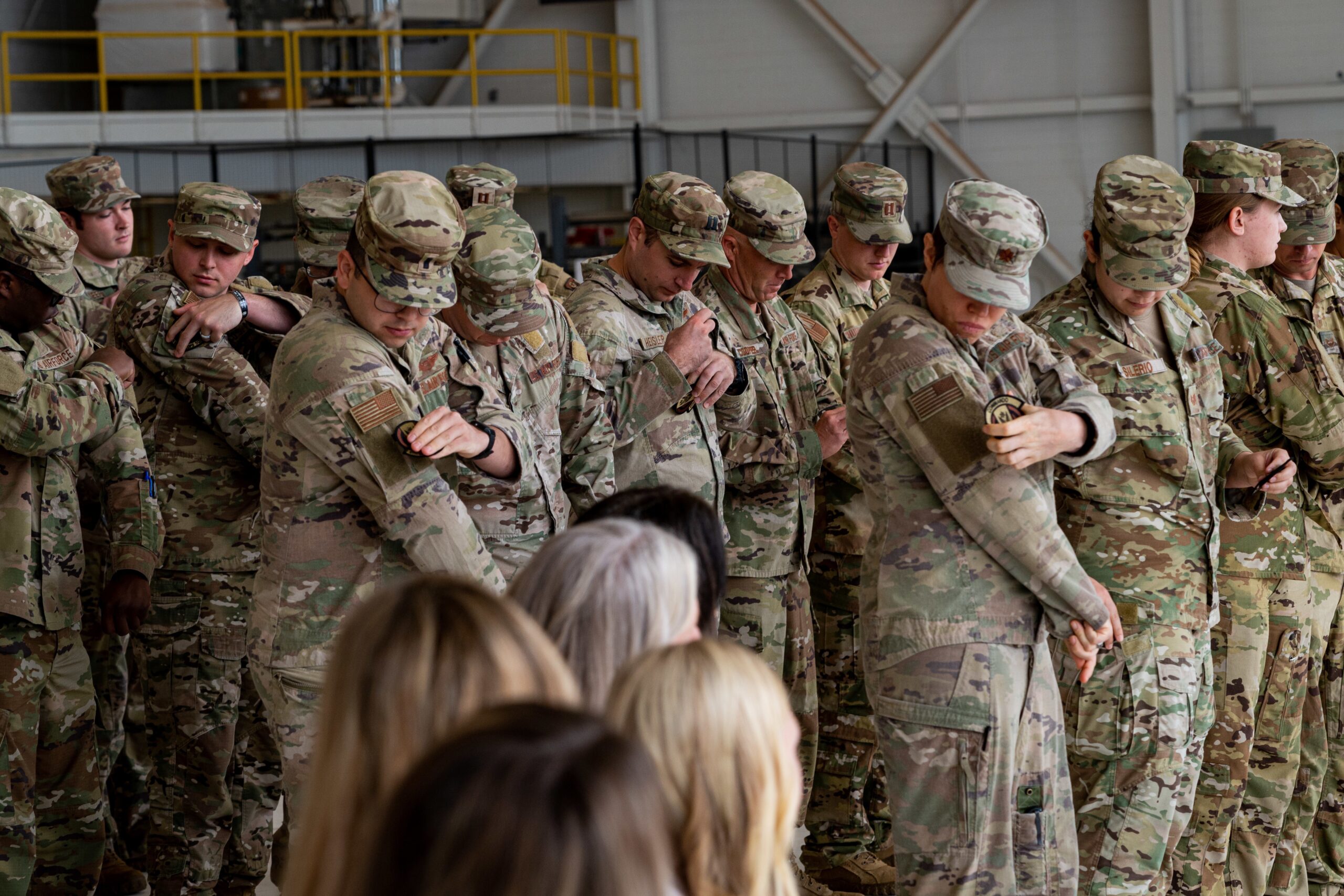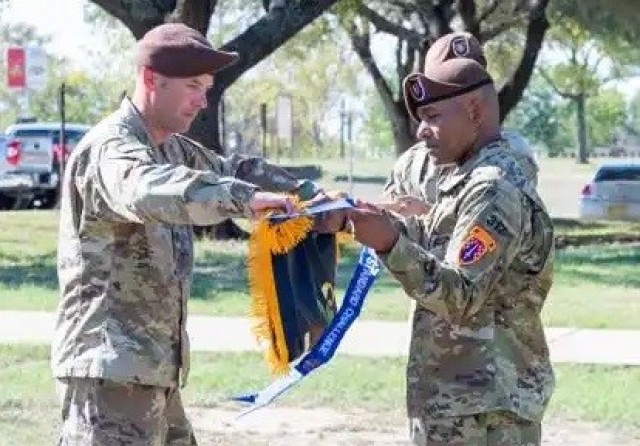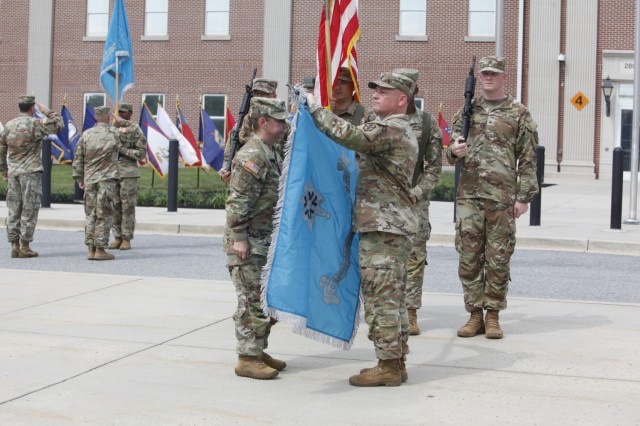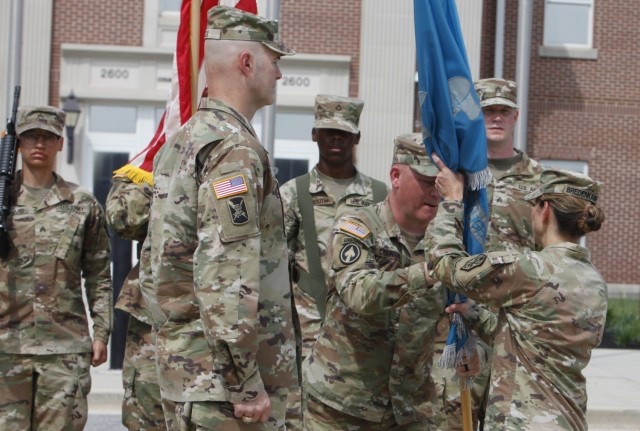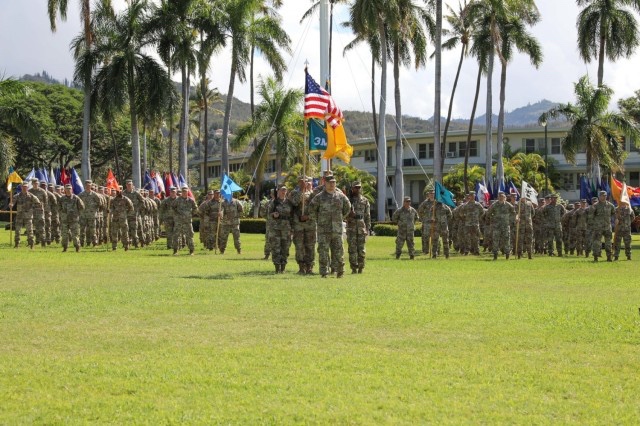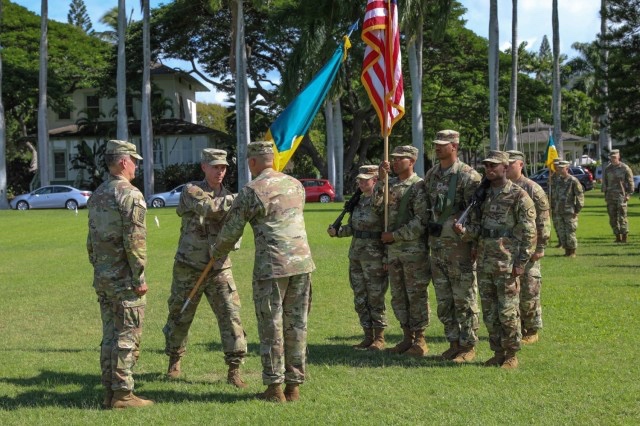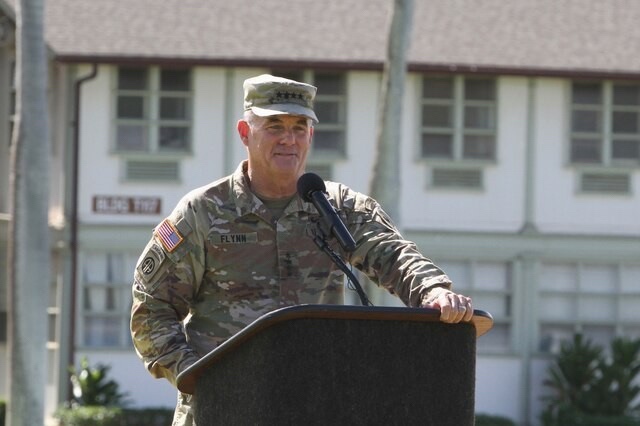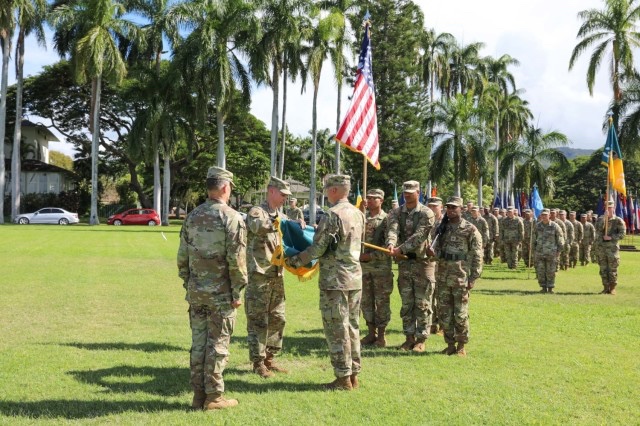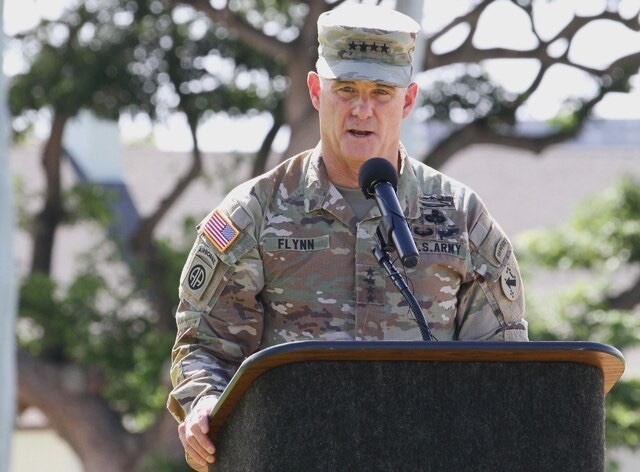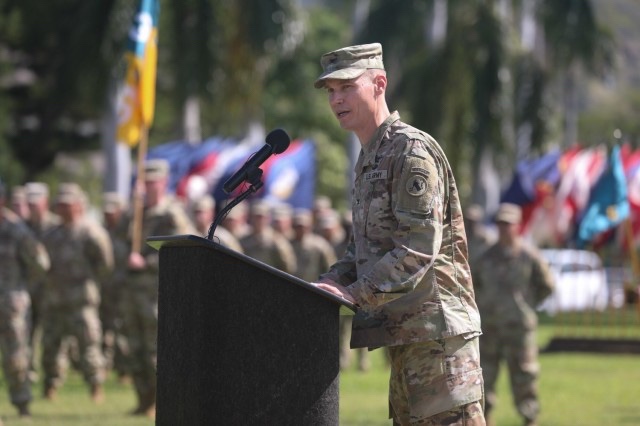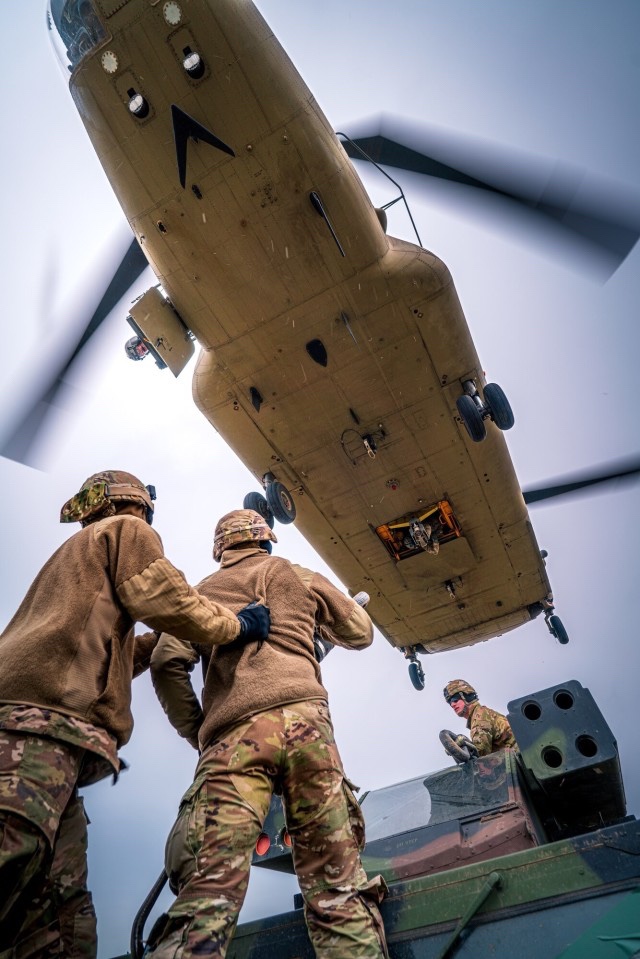
ROMANIA — U.S. Army air defenders from Charlie Battery, 5th Battalion, 4th Air Defense Artillery Regiment completed sling load training at their forward-deployed site near the Black Sea on Jan. 25, 2023. They are deployed in support of NATO’s enhanced Forward Presence Battle Group in Romania.
“Having our Soldiers train on sling load operations not only provides the commander some flexible employment options, but tactically it allows us to conduct some deep maneuver and air assault operations with the units that we are supporting,” said Capt. Nathan Jackson, the commander of Charlie Battery, 5th Battalion, 4th Air Defense Artillery Regiment.
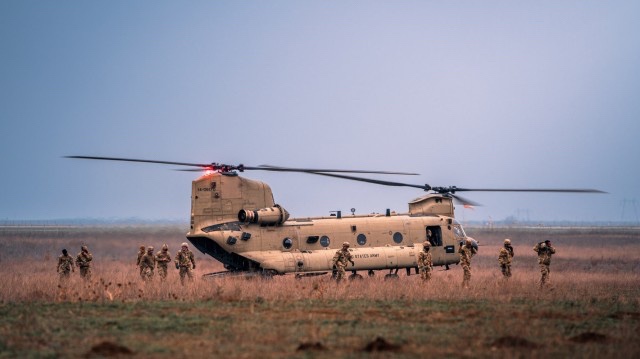
The unit practiced sling loading both the Avenger and the Sentinel A3 radar variant, which is one of the first times this has been done with the Sentinel in theater.
The Avenger weapon system is an all-terrain, all-weather air and missile defense system that is capable against rotary-wing, fixed-wing, unmanned aircraft and cruise missiles while the Sentinel A3 provides early warning detection and identification of aerial threats.
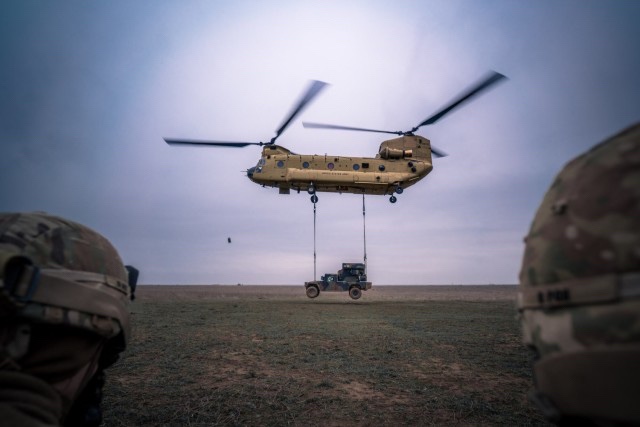
Just days after the Russian invasion of Ukraine began, Avenger short-range air defense Soldiers and equipment from 5th Battalion, 4th Air Defense Artillery Regiment deployed to Romania to help assure our NATO allies that we are committed to our obligations under Article 5, and to deter any potential acts of aggression against NATO by providing short-range air defense of allied forces. Elements of 5th Battalion, 4th Air Defense Artillery Regiment have maintained deployments in Romania, Slovakia and Poland since early 2022.
“I think it’s a great opportunity for air defense Soldiers to see this side of air assault operations, to be able to build and expand their toolkits with these capabilities. I received a lot of positive feedback from the Soldiers as this is something they don’t get to do every day, to help build these capabilities for our future operations,” said Jackson.
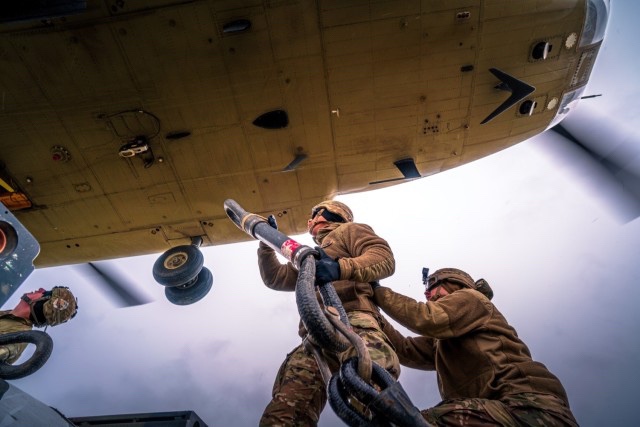
Charlie Battery was supported by a Chinook helicopter crew from Bravo Company, 2-501, Combat Aviation Brigade, 1st Armored Division, who are also deployed to Romania as part of Operation Atlantic Resolve.
U.S. Army Europe and Africa has led the Department of Defense’s Atlantic Resolve land efforts by rotating units from CONUS to Europe since April 2014. There are four types of U.S. Army Atlantic Resolve rotations — armored, aviation, sustainment task force, and division headquarters. Rotational units conduct bilateral, joint and multinational training events across more than a dozen countries. Atlantic Resolve is funded by the European Deterrence Initiative, which enables the U.S. to enhance deterrence, increase readiness and support NATO.
By MAJ Robert Fellingham


